Integrating Finnish Solutions into Curriculum
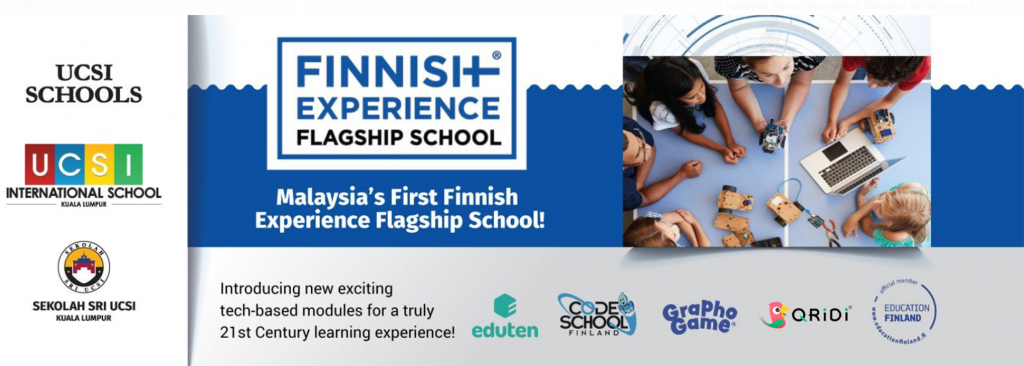
What are the Finnish solutions used, and how are they integrated into our curriculum?
Through this holistic partnership, UCSI Schools Kuala Lumpur will be introducing four new tech-based solutions in the first phase namely Code School Finland, Eduten Playground, GraphoGame, & School Day to provide a truly 21st Century learning experience for all students. The inclusion of these modules is designed to inculcate skills such as coding, gamification, robotics, IT, communication, creativity, critical thinking and emotional intelligence in students, preparing them for the ever-changing 21st Century world.
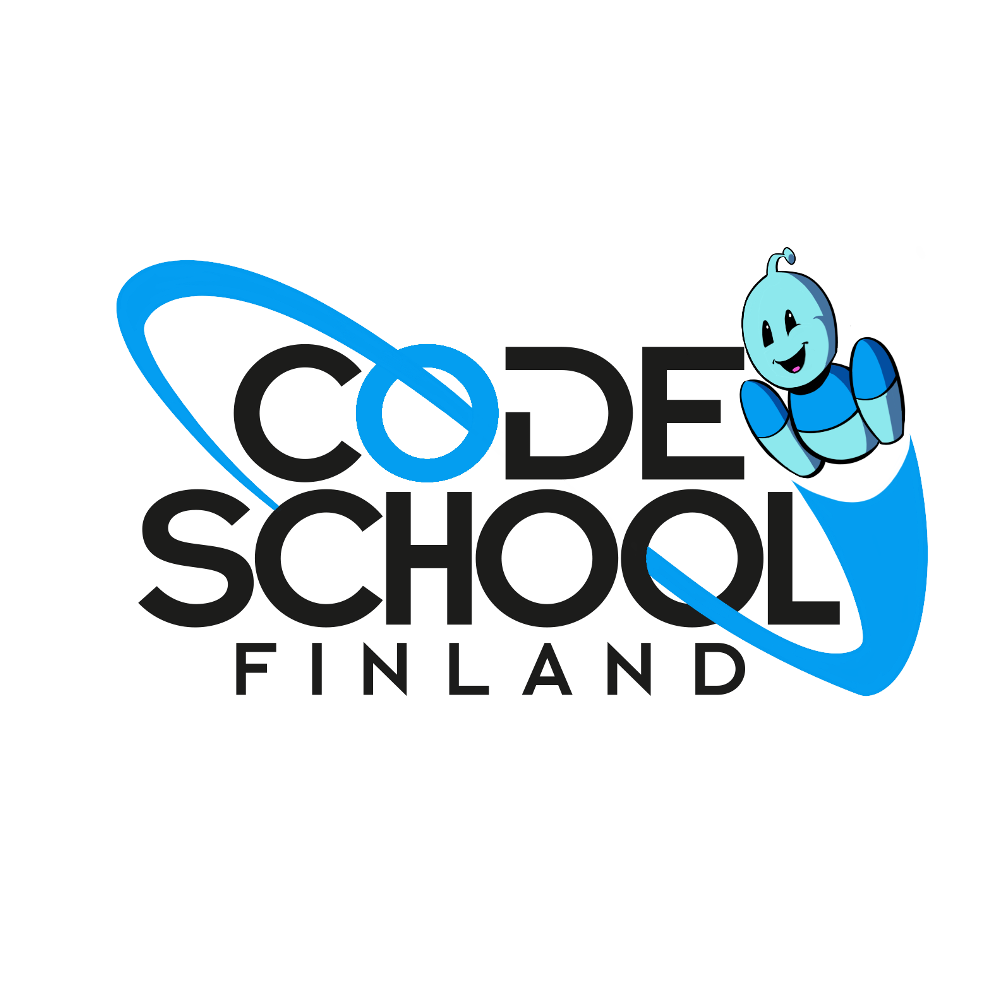 Code School Finland
Based on academic research and Finnish education model, Code School Finland provides training, lesson plans and teaching materials for programming and robotics in primary education. In today’s era of artificial intelligence (AI) and automation, coding has increasingly become one of the biggest trends in the education sector.
Learning to code will improve your child’s chances of a lucrative career in STEAM. In addition to that, robotics in education as a movement is gaining momentum worldwide. Robotics for students is an exciting and hands-on way to learn STEAM’s concepts by allowing them to build robots on their own.
Through this solution, our students will learn programming, problem-solving, decision making and many more skills that can help enhance their abilities to develop creative thinking, while preparing them for future challenges. Code School Finland is used primarily once a week in ICT classes for Upper Primary (Year 3-6), while Lower Primary (Year 1-2) and Secondary (Year 7-11) use coding applications developed by Apple Education . The Code School Finland courses that are implemented at our school use Scratch-based programming and teach students computational thinking and coding.
Code School Finland
Based on academic research and Finnish education model, Code School Finland provides training, lesson plans and teaching materials for programming and robotics in primary education. In today’s era of artificial intelligence (AI) and automation, coding has increasingly become one of the biggest trends in the education sector.
Learning to code will improve your child’s chances of a lucrative career in STEAM. In addition to that, robotics in education as a movement is gaining momentum worldwide. Robotics for students is an exciting and hands-on way to learn STEAM’s concepts by allowing them to build robots on their own.
Through this solution, our students will learn programming, problem-solving, decision making and many more skills that can help enhance their abilities to develop creative thinking, while preparing them for future challenges. Code School Finland is used primarily once a week in ICT classes for Upper Primary (Year 3-6), while Lower Primary (Year 1-2) and Secondary (Year 7-11) use coding applications developed by Apple Education . The Code School Finland courses that are implemented at our school use Scratch-based programming and teach students computational thinking and coding. Watch this video to learn more about Code School Finland's pedagogical teaching approach
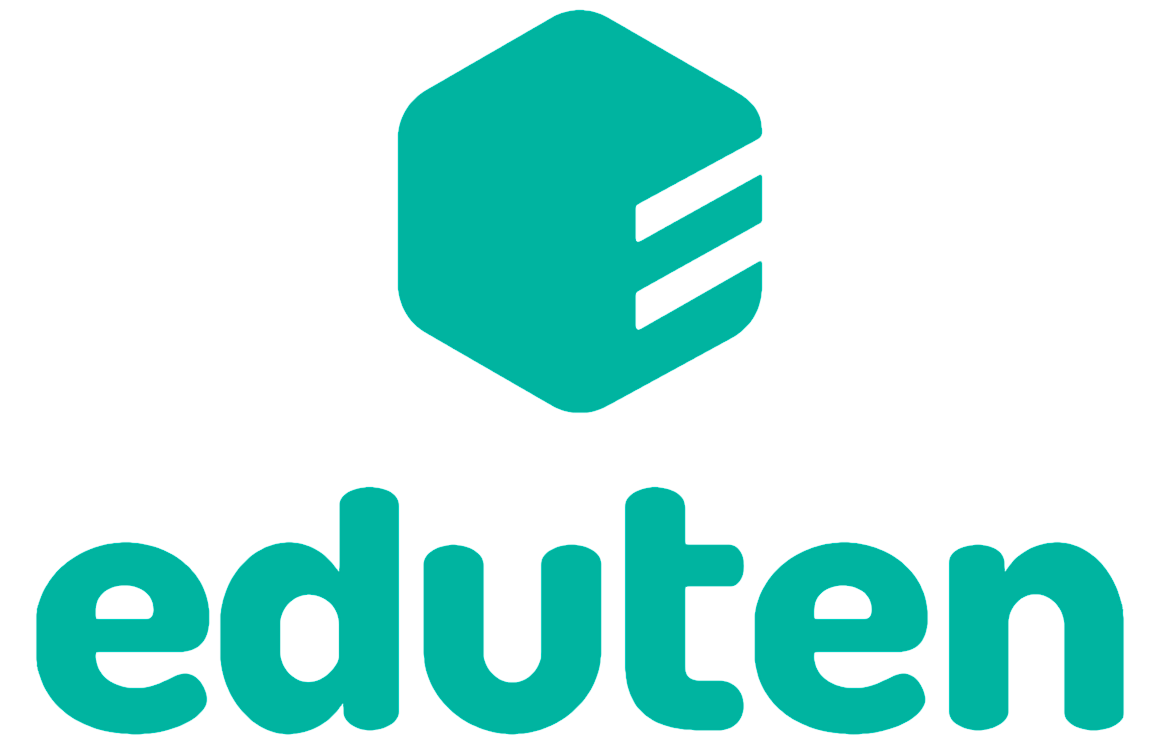 Eduten Playground
Eduten Playground
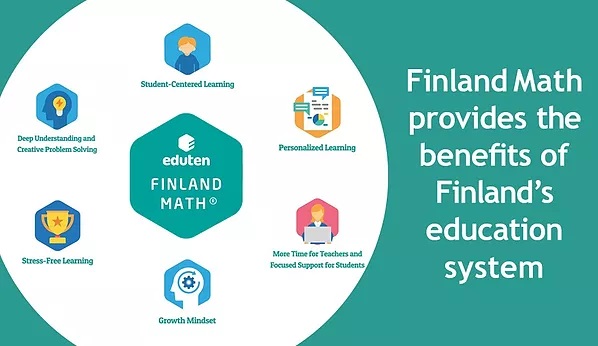
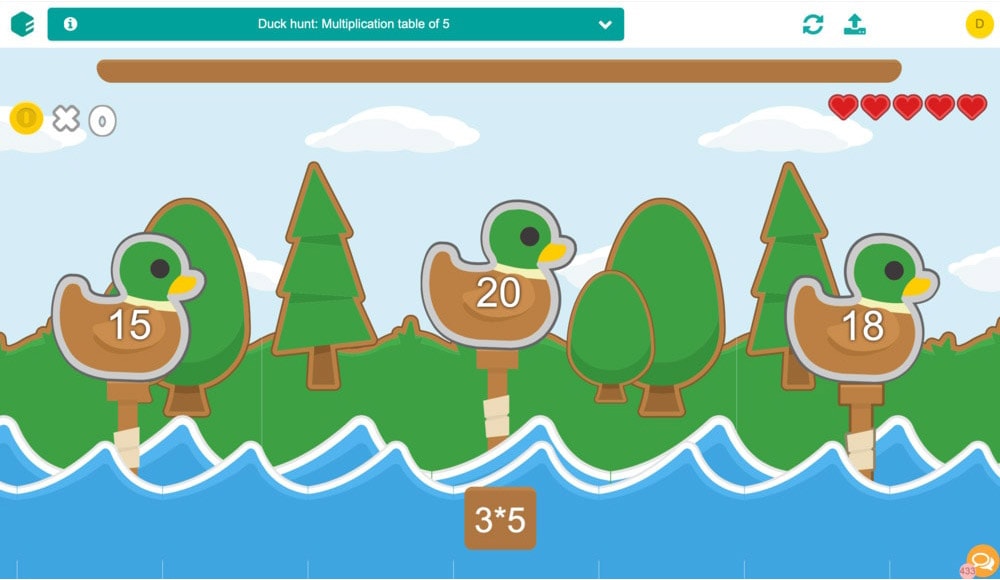
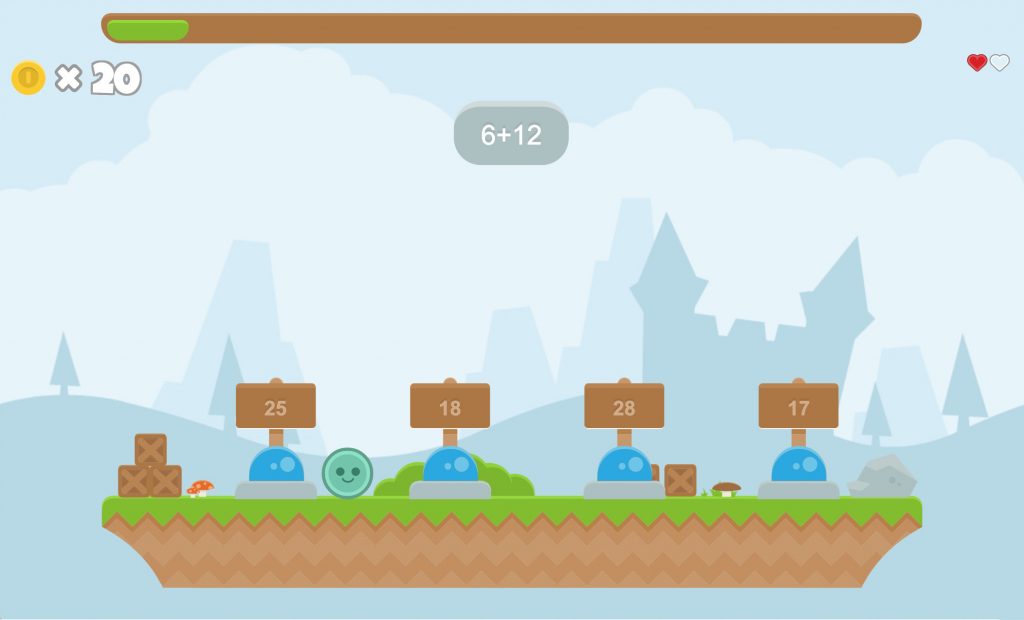
 GraphoGame
GraphoGame combines Finland’s educational and special needs expertise with evidence from cutting-edge research in neuroscience by the University of Cambridge Centre for Neuroscience in Education to provide 1-on-1 reading support.
GraphoGame focuses on literacy teaching and phonemes, the sound of a letter (/k/ instead of letter name ‘k’). After mastering all the letter-sound connections, students combine the sounds to make syllables and eventually words. Teaching starts with the easiest units of speech, eventually advancing to challenging syllables and finally complicated words, which can be classified as the synthetic approach.
This solution is designed to enthral our students with fun features. Taking inspiration from role-playing games, our students create their own avatar that grows with them, which in turn gives our students a sense of ownership in their learning.
Applied primarily in the Year 1 and Year 2 classes as well as English as an Additional Language (EAL) lessons, GraphoGame gives our students incentives to learn and improve. In addition to that, the game also collects valuable insights on students’ progress while also supporting literacy and dyslexia interventions by helping a parent or guardian to identify if – and where – they require further support
GraphoGame
GraphoGame combines Finland’s educational and special needs expertise with evidence from cutting-edge research in neuroscience by the University of Cambridge Centre for Neuroscience in Education to provide 1-on-1 reading support.
GraphoGame focuses on literacy teaching and phonemes, the sound of a letter (/k/ instead of letter name ‘k’). After mastering all the letter-sound connections, students combine the sounds to make syllables and eventually words. Teaching starts with the easiest units of speech, eventually advancing to challenging syllables and finally complicated words, which can be classified as the synthetic approach.
This solution is designed to enthral our students with fun features. Taking inspiration from role-playing games, our students create their own avatar that grows with them, which in turn gives our students a sense of ownership in their learning.
Applied primarily in the Year 1 and Year 2 classes as well as English as an Additional Language (EAL) lessons, GraphoGame gives our students incentives to learn and improve. In addition to that, the game also collects valuable insights on students’ progress while also supporting literacy and dyslexia interventions by helping a parent or guardian to identify if – and where – they require further support 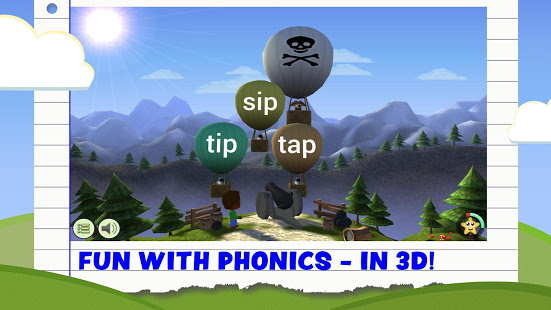
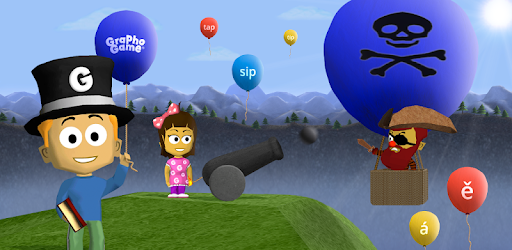
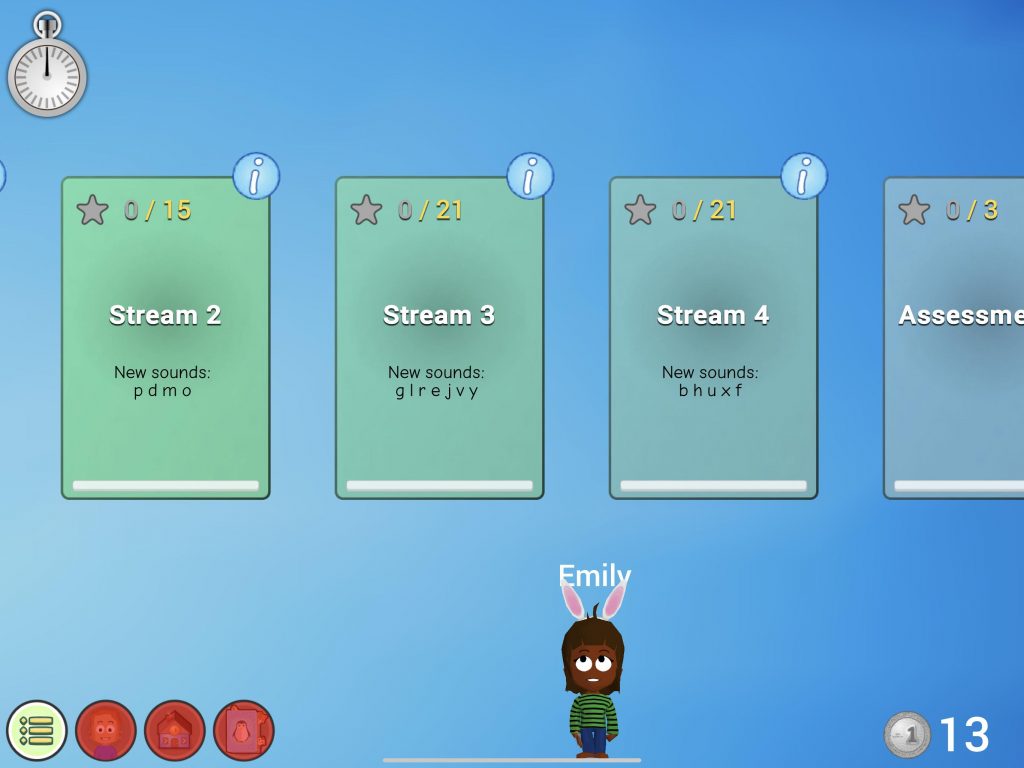
 Qridi
Qridi
Qridi introduce learners and teachers to look at learning and progress as a group and as individuals. Learning is planned and monitored under the teacher’s guidance, and future skills are strengthened and personal strengths identified.
